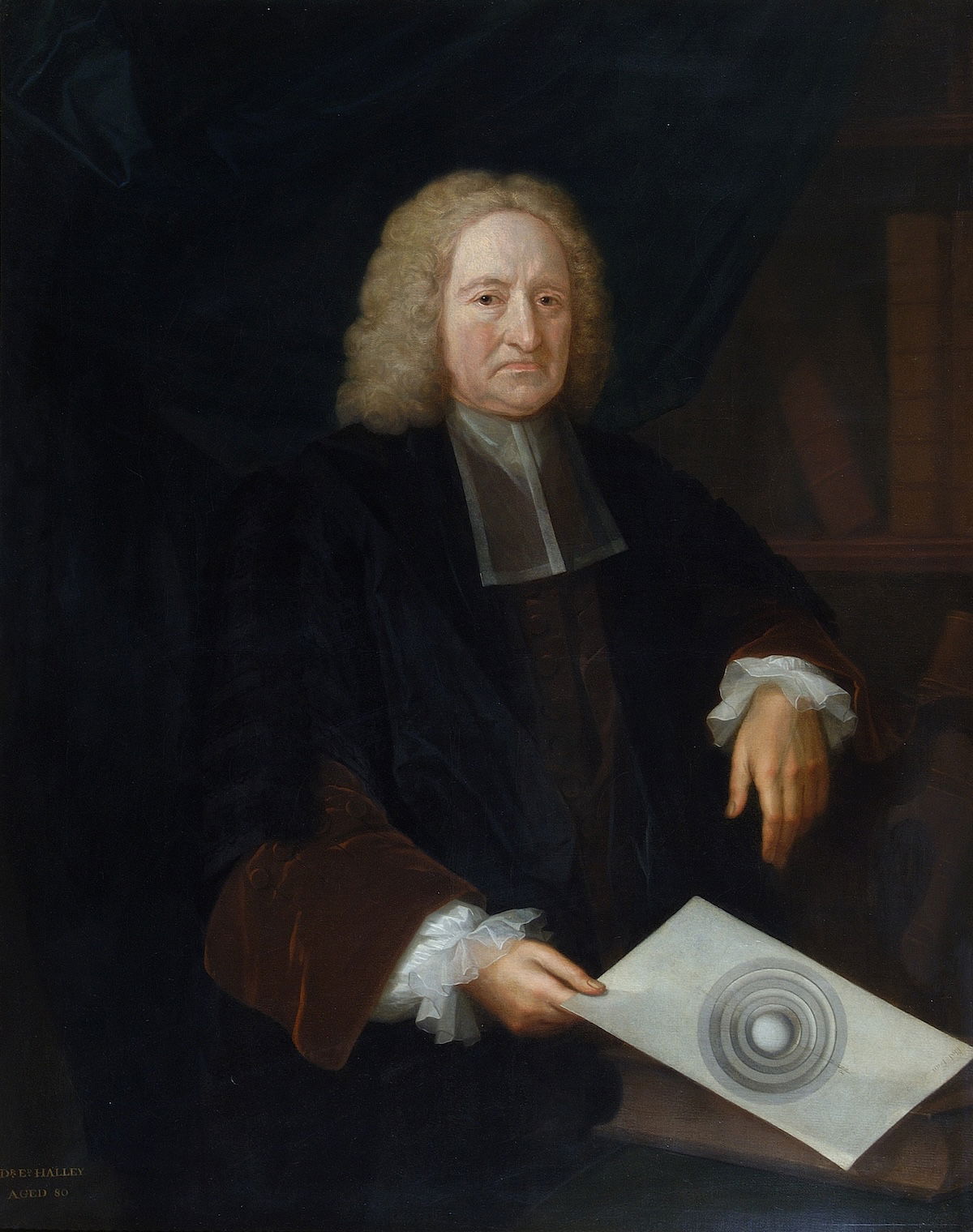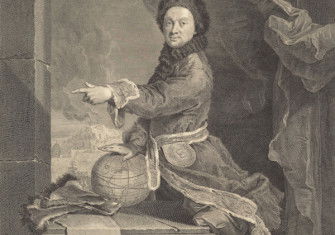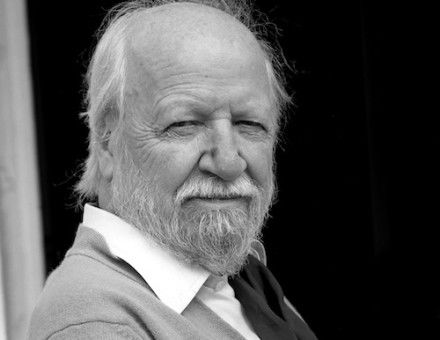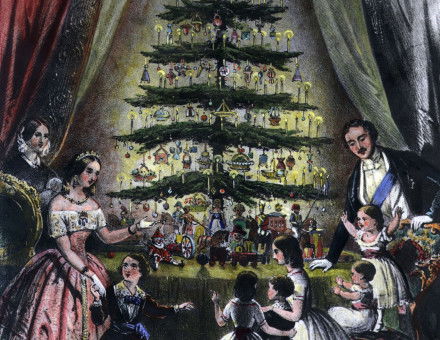The Worlds at the Earth’s Core
What sits beneath the planet’s crust? Scientists, writers, and conspiracy theorists have all had a guess, with Hollow-Earth Theory providing surprisingly resilient.

The path leading from Edmond Halley’s writings on magnetism to UFOs under Brazil is as convoluted as you might expect. Nonetheless, it was Halley – best known for using Newtonian mechanics to predict the return of the comet now bearing his name – who introduced the hypothesis that Earth is hollow and filled with increasingly small spheres. He also suggested that these spheres are habitable.
Halley’s hypothesis, introduced to the Royal Society in November 1691 and published in its Philosophical Transactions the following year, has enjoyed a long, outlandish career. Alleged occupants of Earth’s interior have since included mammoths, super-civilisations, and the aforementioned UFOs. Kept alive in scientific treatises of an increasingly disreputable character, the ‘Hollow-Earth Theory’ has constantly been reinvented in fiction, too. Novelists and fringe thinkers alike have found fruitful its capacity to unsettle comfortable assumptions about the world we inhabit.







